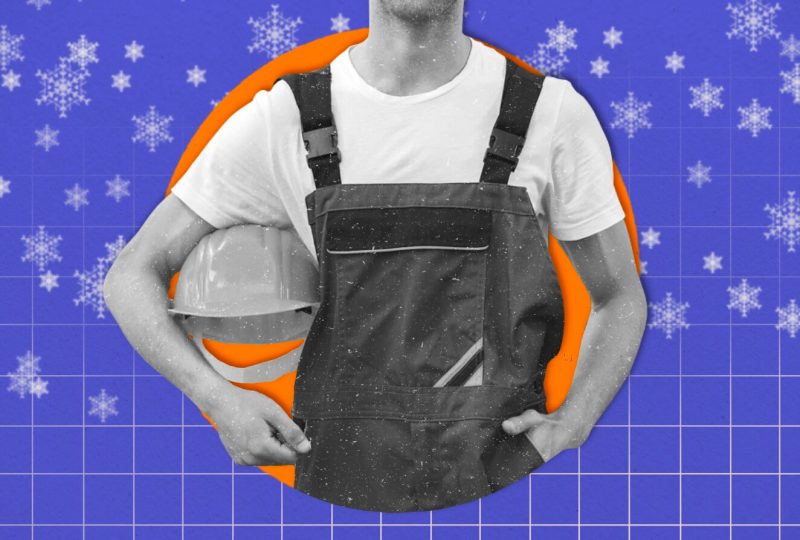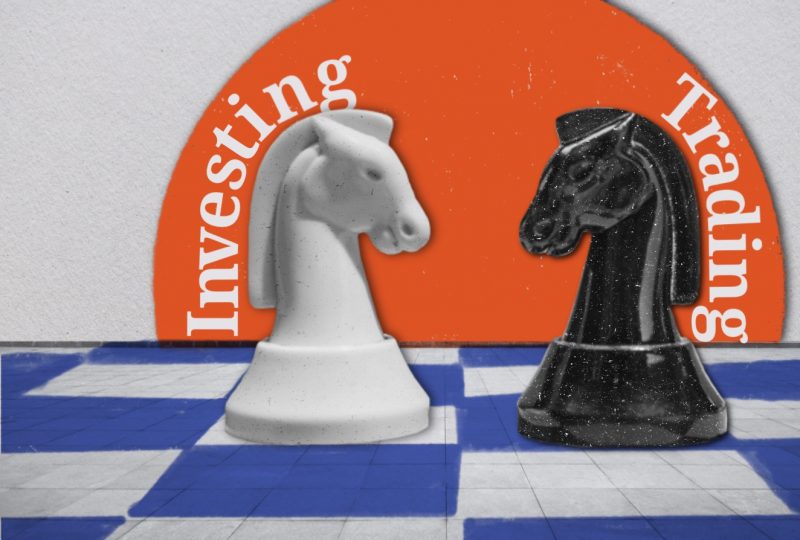Insider News: Amazon Has Been Secretly Testing Its Drone-Delivery Program And Plans To Drop Packages From The Sky
Mar 30, 2022

Amazon plans to recruit 1,300 test clients this year to deliver products via its Prime Air drone service, showing that the corporation is getting closer to its ambition of sending products by unmanned aerial systems.
According to internal documents obtained, these testers will be recruited in Lockeford, California, and College Station, Texas, with delivery beginning in September. Members of the program will be able to select from over 3,000 goods weighing less than 5 pounds, most of which will be pharmaceutical, cosmetic, and pet products. According to these planning and controlling papers, Amazon plans to transfer one product at a time to these clients within an hour.
This would represent a massive extension of Prime Air as well as the program's greatest commercial testing. According to the papers and four active and former Prime Air workers, Amazon has been conducting a much smaller-scale test in virtually perfect confidentiality near the corporation's drone operations in sections of Oregon and Crows Landing, California, for at least the last 18 months. According to the files and insiders, this experiment covers roughly two dozen clients, just a few of whom are not Amazon workers.
Those customers had access to roughly 30 non-bulky products, such as a bottle of Dr. Formulated Probiotics, the UNO card set, and Apple earphones.
The extension of Prime Air's experimental program would be the most visible stride forward for the company in almost a decade, nearly ten years after Amazon founder Jeff Bezos announced his vision for an unmanned aerial systems service in a "60 Minutes" interview. Amazon's plan objectives are grandiose, with goals to eventually run 145 drone launchpads, have 250 drones in the air at one moment, and distribute 500 million products via drone every year, according to the papers.
However, according to industry sources, those objectives might yet alter since Prime Air has been extremely slow to start due to regulation obstacles, turnover rates, and safety risks. Because individuals feared punishment from Amazon, these employees wished to remain anonymous.
A spokesperson from Amazon refused to respond.
12,000 Flight Tests
Material shows that Amazon intends to complete 12,000 overall experimental flights before the end of the year. Approximately 5,000 of Amazon's 12,000 flights are anticipated to be commercial flights for trial clients. The remaining 7,000 are predicted to be independent tests for endurance and reliability.
Amazon needs such test flights in order to get governmental certification. One of Prime Air's papers states that the company must obtain a type certificate from the Federal Aviation Administration for its newest drone model, a certification of its size, weight, and safety. As soon as the durability and reliability tests are completed, the type certificate request would be "submitted." Customers will be invited to initiate test flights to "demonstrate system stability and service growth readiness."
Amazon has recently been mostly mute about Prime Air's development. Its most recent significant milestone occurred in August 2020, when Amazon received FAA permission to utilize drones in commercial services. It's been a notably slow procedure with a number of missed deadlines. Bezos projected in 2013 that Amazon would start delivering products by drones within "four or five years." Amazon's ex-retail CEO, Jeff Wilke, indicated in June 2019 that Prime Air would be available "within months."
Internal conflict and excessive turnover have contributed to the current downturn. Last year, Prime Air's crew encountered a cultural confrontation between new leaders and old staff, with a 20% turnover rate, which was more significant than many other areas of Amazon. According to Wired, it also shuttered its UK branch the year before, firing more than 100 workers.
Another explanation for the postponement might be the group's hands-on strategy. Prime Air staff, not warehouse workers, are presently packing each item for trial orders, and every item on the trial website must be handpicked to guarantee it fits in the drone. According to one individual personally aware of the conversations, the team is in early negotiations with Amazon's pharmacy team to extend its product range since meds are often neither large nor dangerous, making them perfect for aircraft delivery.
The customer-onboarding procedure further hampers scalability. As this individual revealed, it may now take up to six weeks for Prime Air to register a trial client. Prime Air staff, known as "Backyard Ambassadors," visit each trial user's home to ensure that the delivery path is unobstructed and that the backyard is large enough to place QR markers for drone identification. As the insider said, Amazon intends to cut onboarding to two weeks and ultimately streamline it using new technologies like lidar sensors.
The trial flights have received mixed reviews from customers and have failed to establish organic demand among participants. According to the sources, Amazon has used rewards such as Amazon gift cards in exchange for making purchases to entice test users to utilize Prime Air.
Less Dangerous Than An Automobile
The crew seems to be very concerned about the safety of drone delivery. The first of Prime Air's seven organizational concepts is "safety is important."
An insider revealed eight incidents of Prime Air drones collapsing in the last year, including one in which a UAV fell 160 feet and ignited an acres-wide fire. The most recent verified accident occurred the previous month.
As Amazon claims, nobody has ever been hurt because of their drone experiments.
According to a report, the business intends to inform buyers that their drones "offer less danger than a vehicle on the road." The Prime Air drone is built so that it does not have to land in order to deliver your product. Before dropping the product, it checks to ensure that no obstacles, people, or pets are inside the landing zone area, and if it thinks it is dangerous, it will not deliver.
Dropping deliveries into people's yards is not how Amazon originally imagined its drone service to work. Initially, the drones were meant to land in clients' backyards to deliver products before taking off again. According to a source aware of the situation, one of the reasons for the switch to a drop-off system was to promote safety by eliminating collisions with animals or other impediments.
A video shared on Reddit last year reveals a Prime Air drone near Corvallis, Oregon, dropping a box from a height of around 6 feet. Gur Kimchi, a former Prime Air executive, uploaded the clip on LinkedIn the week before. "Lovely to see the Amazon MK27 delivering in the wild!" he remarked, giving the vehicle's model number.
According to the materials, Amazon anticipates authorities to accept its proposal to remove certain regulations before expanding its Prime Air beta test. As of now, federal officials prohibit Amazon's drones from flying above people, highways, or structures. The corporation has requested these limits to be eased, but authorities have not replied.




